
How can Hospertz help in assistance in hospital building?
March 15, 2024
Marketing for Healthcare set-ups
March 21, 2024Nobody likes to fall ill and hence visiting a clinic is not an experience people look forward to. Most patients and their family members are apprehensive and anxious while coming for a doctor’s visit … hence it is paramount to design a clinic in such a way that they feel pacified and comfortable and are at ease. This is because a tranquil atmosphere can have a positive impact on wellness.
Here are some tips that can help you plan and design your clinic set up well
1. Entrance
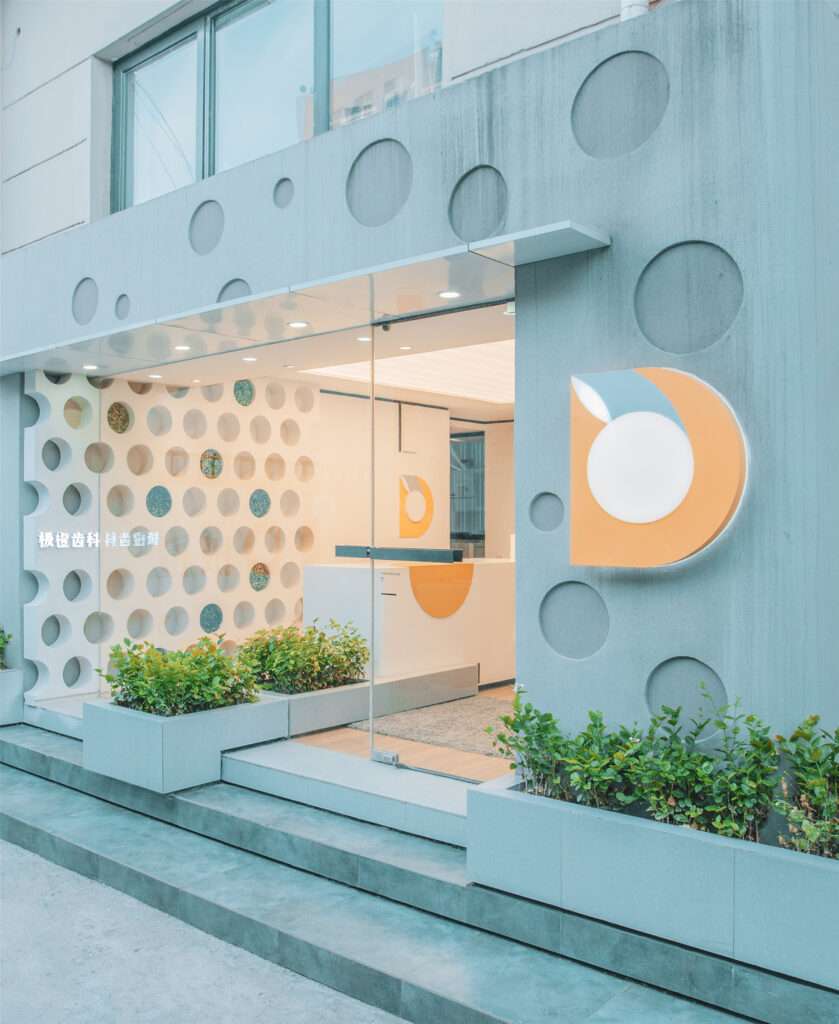
Firstly, the entrance of your clinic should preferably be wide and spacious. Incorporate a ramp for the movement of wheelchairs and to facilitate movement for seniors and other mobility–restricted patients. Good vehicular access and parking facilities are add-on advantages. Illuminated entrances are a must especially if your speciality predicts night arrivals.
2. Reception
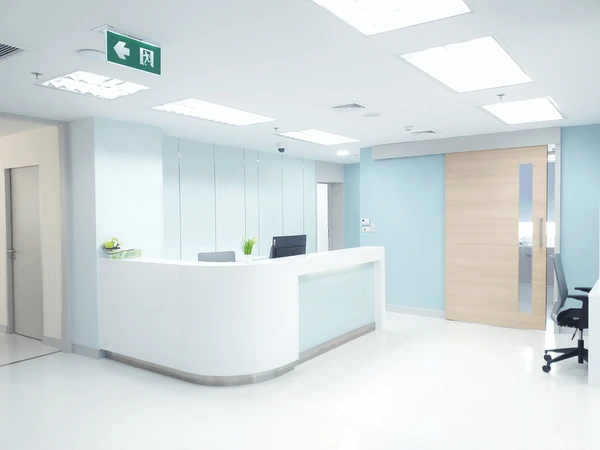
Additionally, the first impression is the best. Design the reception area or table in such a way that your patient feels welcomed and is put at ease right away. The table should be kept organized and orderly. Make arrangements for storing forms, brochures, handouts, etc. like a magazine rack. Ensure that sanitization provisions are made because of the ongoing pandemic.
3. Customize according to your clientele
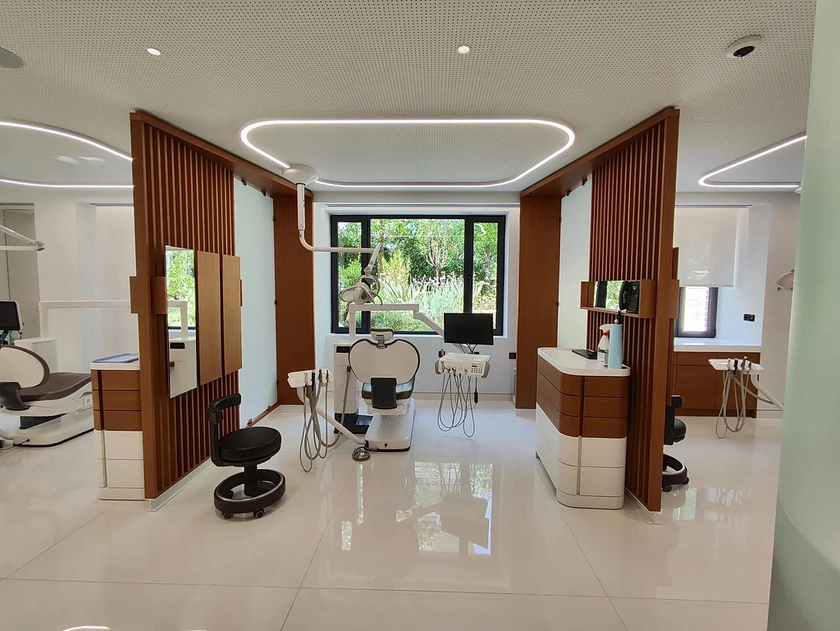
Moreover, your patient should feel at home in the clinic to minimize stress. You should personalize the whole experience for your patient according to your field of specialization. For eg, if you are a pediatrician, your walls should be vibrantly colored and there should be some games or toys that can keep your tiny patients constructively and happily employed. You should also make arrangements for a baby care and nursing station. If you are an orthopaedician, the seats, the restrooms, the entrance, and the hallways should be designed to be supportive and spacious to ease movement.
4. Do not wait to add ambiance to the waiting room
Furthermore, the waiting room is the first place that the patient is ushered into. Creating the right ambiance here is essential. Ensure that the waiting room has comfortable seating and is uncluttered and well-lit. Keeping some magazines and interesting books or games here can lessen the monotony of waiting before the appointment. Display some educative and informative posters here for patient awareness. A small screen T.V. displaying testimonials or inspiring stories can also create a cheery atmosphere.
5. Think of patient privacy
In Addition to that if you have an assistant or a nurse who will take down case history, make sure that there is a small designated place with a barrier for this as it may be embarrassing or awkward for some patients to reveal their symptoms in the waiting room where there are others.
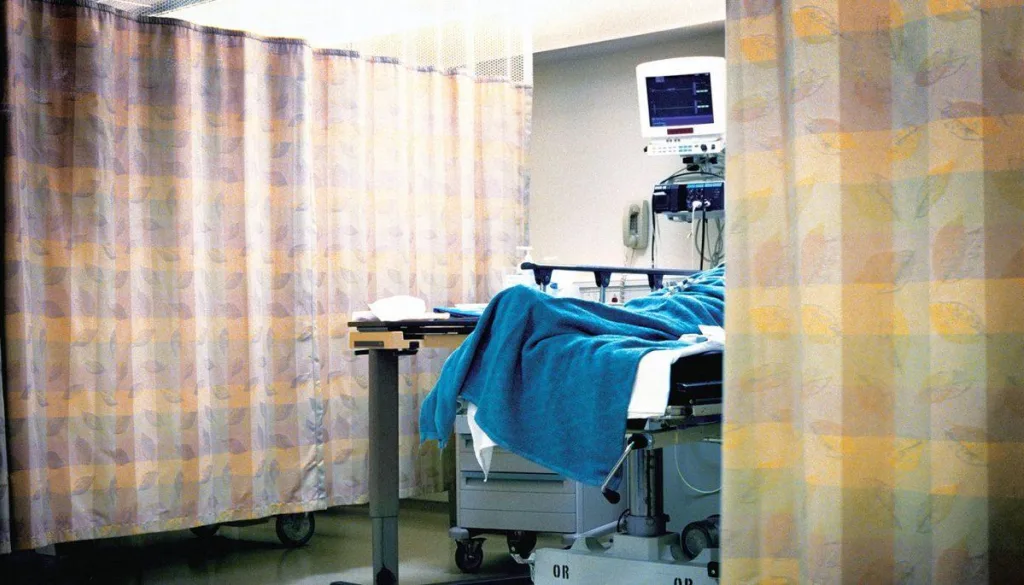
6. Space
Furthermore, your clinic should ideally be spacious and airy. If you have space constraints, choose sleek furniture and white color to accentuate the feel of spaciousness. Try to keep the doorways and corridors as uncluttered as possible to facilitate mobility.
7. Add the right tinge of Colour
Keep the color scheme refreshing and calming. You must have heard about the benefits of using color to soothe. Monotonic shades like being, ivory, and off-white can be considered. Furthermore, use pastel shades like blue, green, or pink to have a calming effect.
8. Decorate to elevate
The aesthetics should reflect the ethos of your clinic.
Additionally, Choose décor and paintings that are soothing. Use artificial or real plants and flowers to add spots of color and freshness.
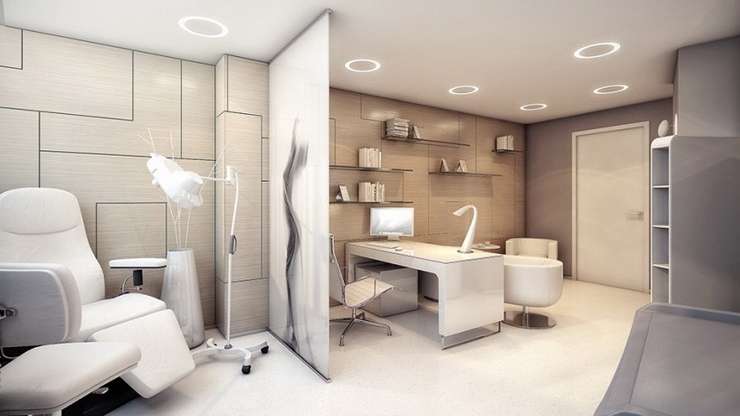
9. Light it right
Light is the most important factor in clinic design. A well-lighted room not only brightens the atmosphere but is also a necessary aid in diagnosis. Make provision for bright focus lights in examination, observation, and treatment rooms whereas the recovery rooms can have a dimmer lighting system to add a calming aura.
Brightness adjustable systems may also be used.
10. Remember functional storage
Adequate storage facilities to put away equipment, books, files, etc. when not in use must be thought of. Use organizers to tuck away stationary, chargers, wires, etc.
11. Stairways and Floors
On the other hand, use light-colored, non-slip flooring tiles in your clinic to prevent inadvertent accidents. If you have a stairway, make sure that there is a banister or handrail to help patients support themselves .Line stairways and corridors with sensor lights to aid visibility.
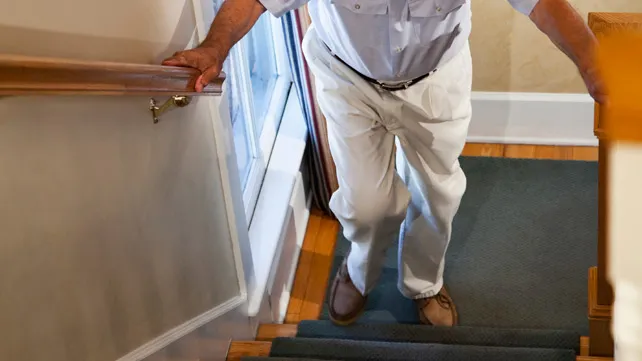
12. Use signage
Lastly, if you have a big set-up with several floors, be sure to put up discreet sign boards to help patients reach where they want to. Healthcare facility visits typically induce panic in patients and their loved ones, particularly during emergencies. Healthcare facility visits typically induce panic in patients and their loved ones, particularly during emergencies. Predominately display a detailed map showing all the floors, paths, and rooms to reduce their stress.
To summarize, your unit’s design should be patient-centric to make your clientele feel comfortable and welcome. You should design your clinic with the help of experts as they can offer you sustainable, space-saving, and cost-effective ideas with your vision in mind.



